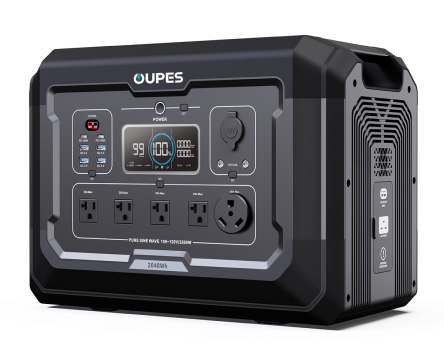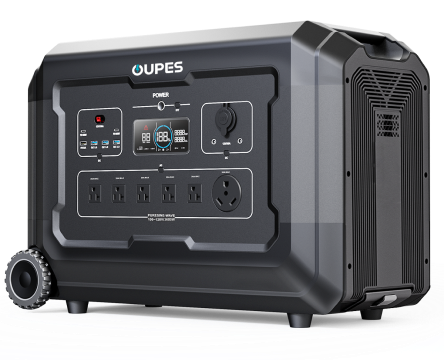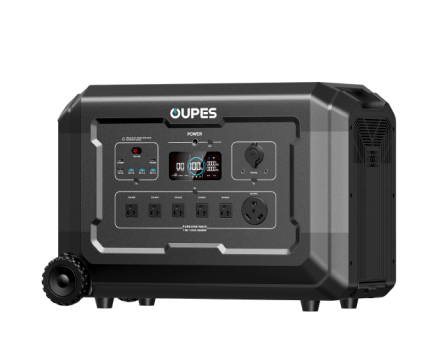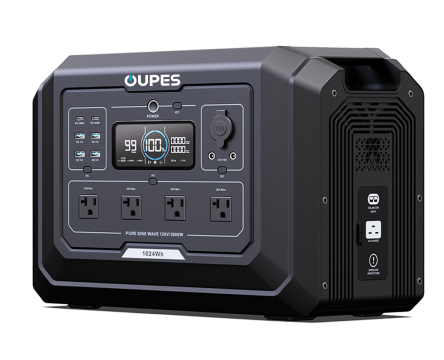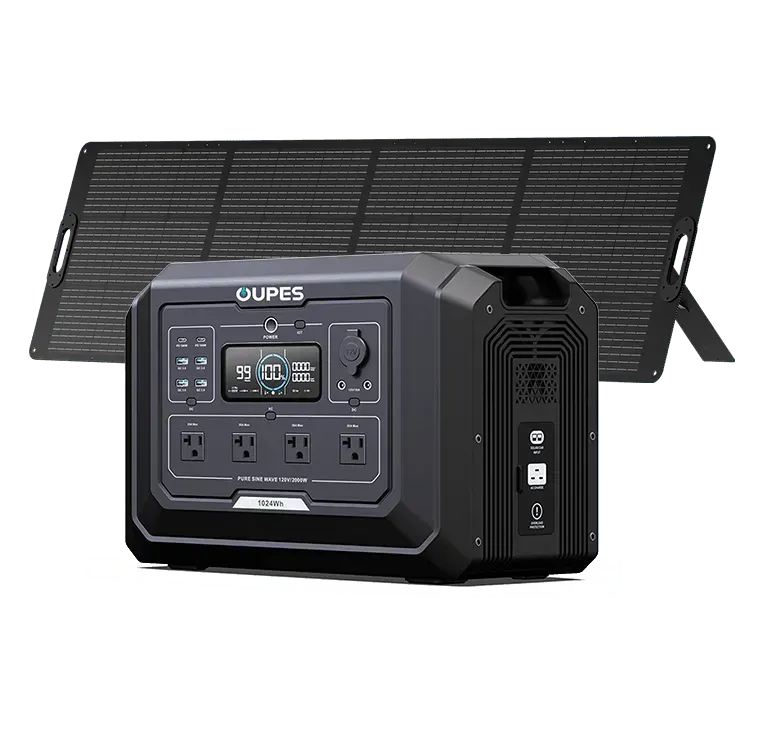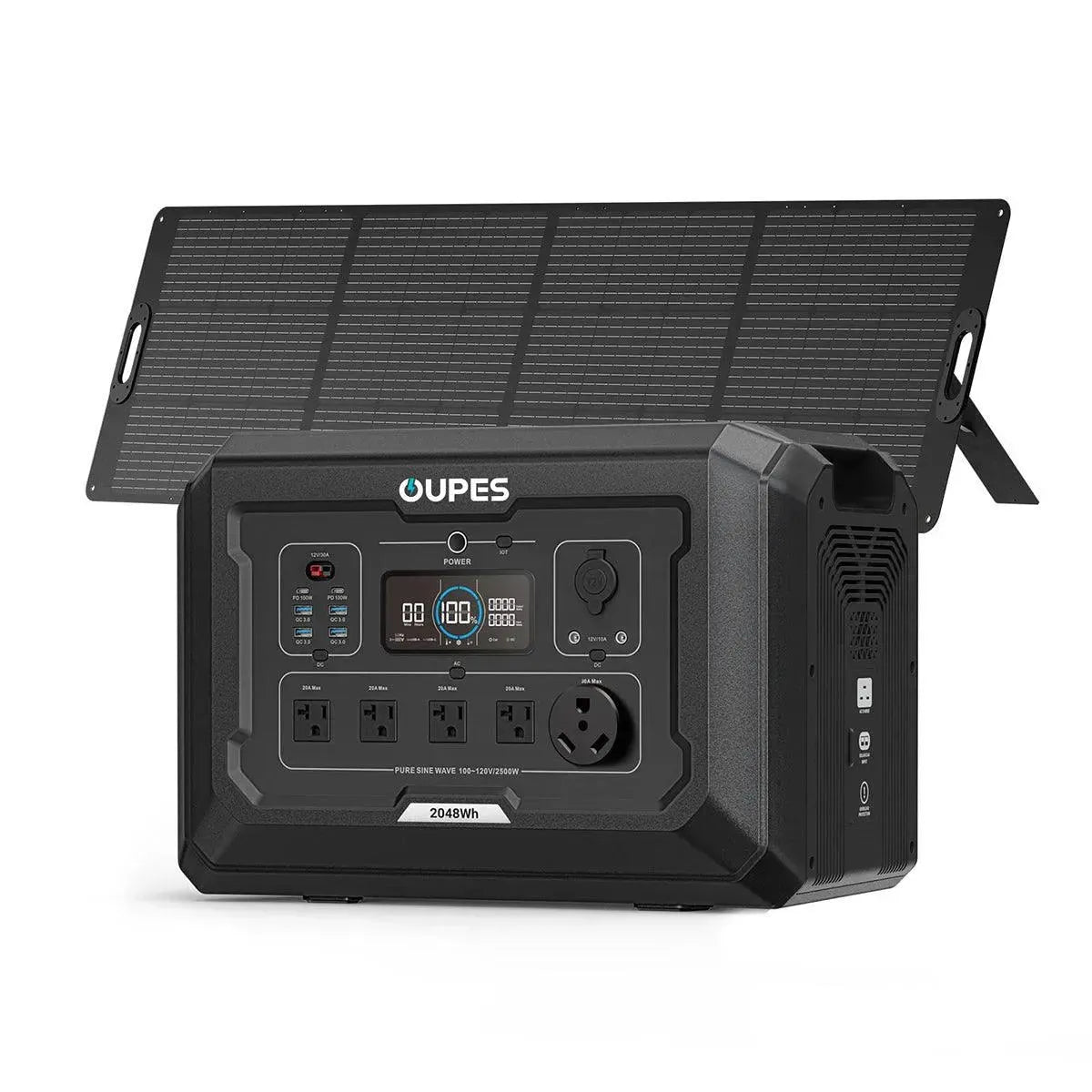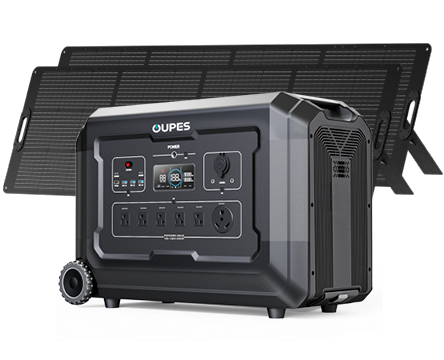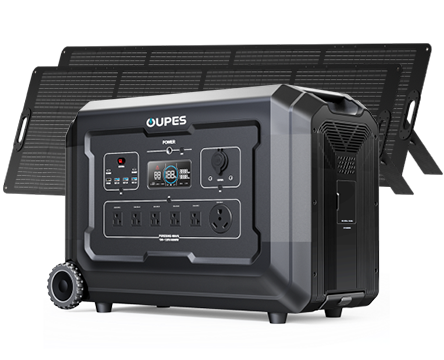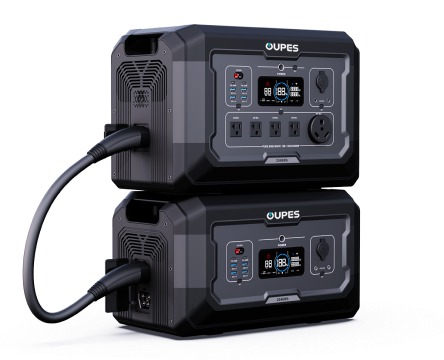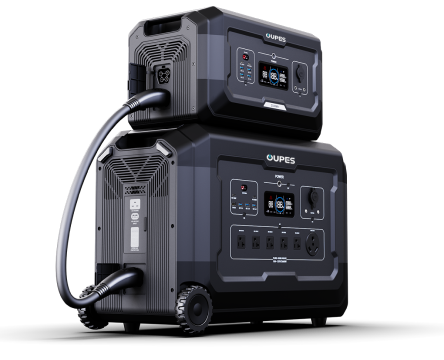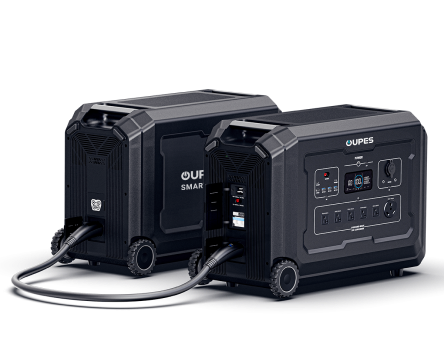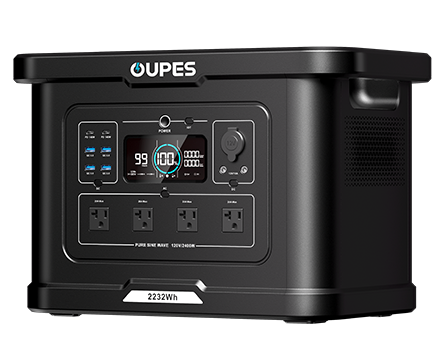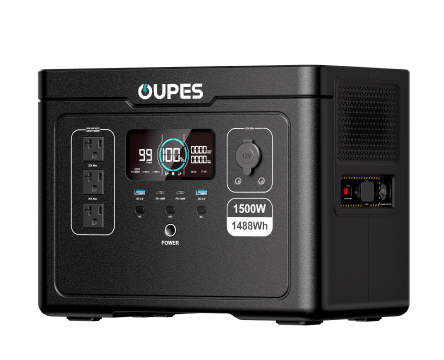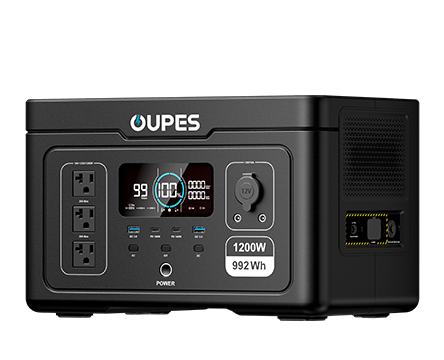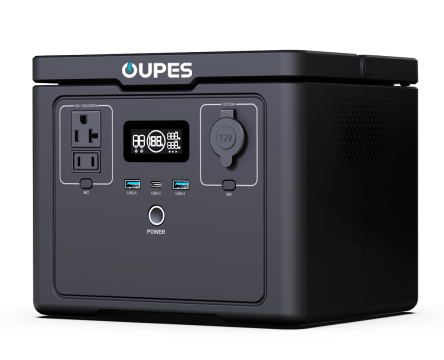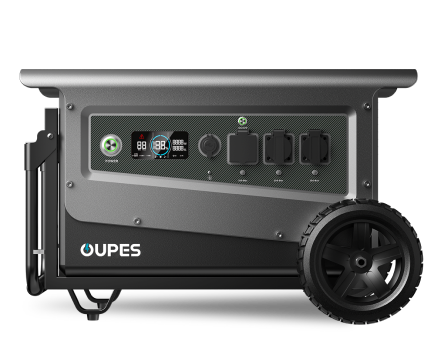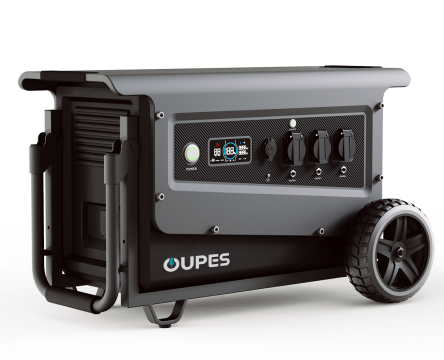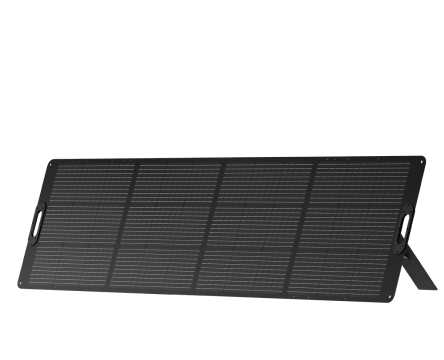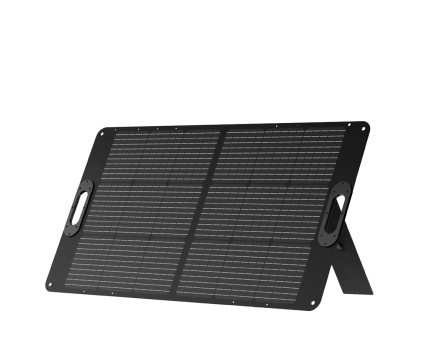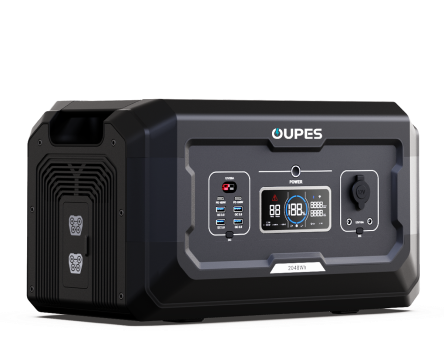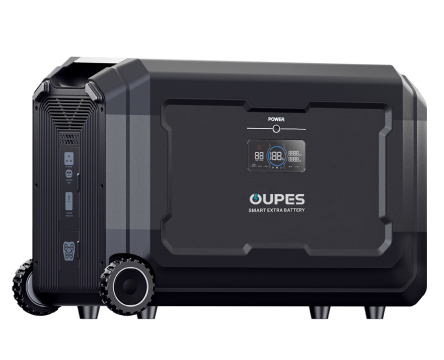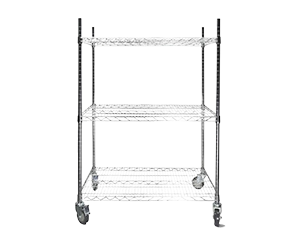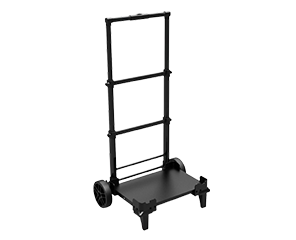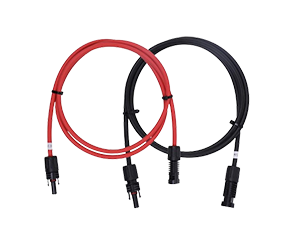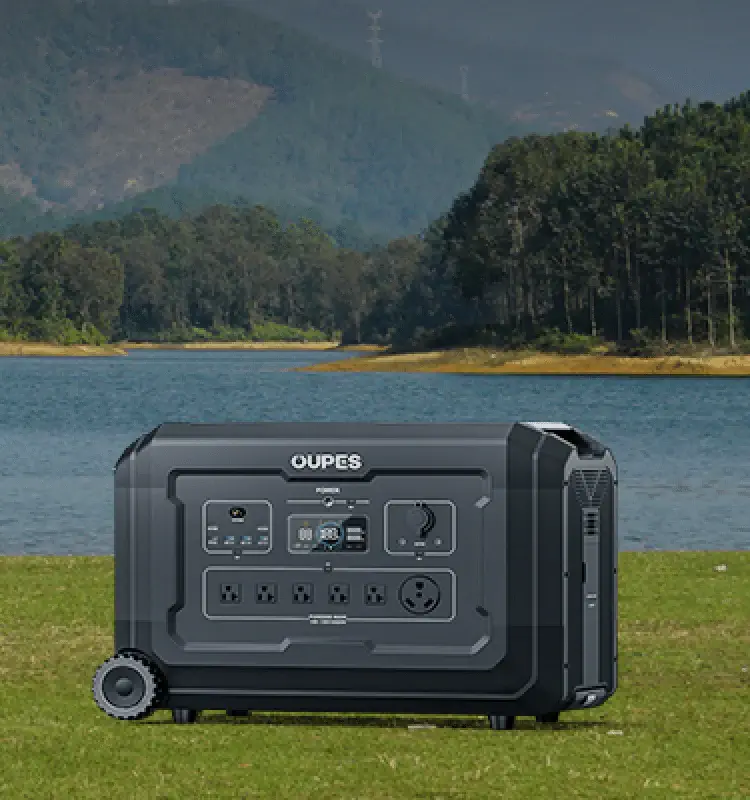
Table of Contents
Introduction to Energy Storage
Energy storage for solar power refers to technologies that capture electricity generated by solar panels and make it available when sunlight is not present. Since solar radiation is intermittent—available only during daytime and affected by weather conditions—energy storage systems ensure a stable and continuous energy supply. These systems play a crucial role in both residential and grid-scale applications, bridging the gap between energy generation and demand.
Why Energy Storage Is Necessary
Without energy storage, solar panels provide electricity only when irradiance is sufficient. For households, this means appliances cannot reliably operate at night or during cloudy periods. On the grid scale, excess solar production during midday often exceeds immediate demand, creating inefficiencies unless the energy is stored for later use. Thus, energy storage:
- Stabilizes voltage and frequency in electrical systems
- Shifts energy from low-demand to high-demand periods
- Provides backup power during outages
- Improves renewable energy utilization efficiency
Types of Energy Storage for Solar Power
Battery-Based Storage
Batteries are the most widely used form of solar energy storage. They work by converting electrical energy into chemical energy during charging and reversing the process during discharging. Common battery chemistries include:
| Battery Type | Cycle Life | Energy Density | Efficiency |
|---|---|---|---|
| Lithium-Ion | 3,000–6,000 cycles | 150–250 Wh/kg | 90–95% |
| Lead-Acid | 500–1,000 cycles | 30–50 Wh/kg | 70–80% |
| Flow Batteries | 10,000+ cycles | 20–50 Wh/kg | 65–75% |
Thermal Energy Storage
Thermal systems capture solar energy in the form of heat, storing it in materials such as molten salt or water. The stored heat can later be converted into electricity using turbines or applied directly for heating. Although less efficient than batteries in electricity applications, thermal storage is cost-effective and scalable for large projects.
Mechanical Storage Systems
Mechanical methods, including pumped hydro and compressed air, store energy by moving matter against gravity or compressing gases. When needed, the potential or kinetic energy is converted back into electricity. These technologies are suitable for large-scale storage but less practical for individual homes.
Scientific Principles of Solar Energy Storage
Solar energy storage relies on energy conversion laws. When photons strike solar cells, electrical energy is produced. This electricity can be stored in different forms:
- Chemical energy: Electrons trigger chemical reactions in battery electrodes.
- Thermal energy: Heat is captured in materials with high specific heat capacity.
- Mechanical energy: Potential energy stored in elevated water reservoirs or compressed air tanks.
Each storage type is constrained by efficiency losses, dictated by thermodynamic and electrochemical principles.
How to Size an Energy Storage System
Determining the appropriate storage size involves calculating daily consumption, desired autonomy, and system efficiency. For instance:
- Estimate daily energy use (kWh)
- Decide backup duration (e.g., 1 day, 3 days)
- Adjust for round-trip efficiency (typically 80–90%)
Example: A home consuming 10 kWh/day with two days of backup requires approximately 22–25 kWh of usable storage capacity.
Applications in Homes and Grid Systems
In residential applications, batteries allow homeowners to power appliances during nighttime or outages, reducing grid dependence. On a grid scale, energy storage supports load balancing, frequency regulation, and peak shaving. Integration with smart grids further enhances efficiency, reducing wasted energy and ensuring stability even as renewable penetration increases.
Frequently Asked Questions
1. Why can’t solar panels alone provide power at night?
Because solar panels only generate electricity under sunlight, storage is required to supply energy after dark.
2. Which battery type is best for long-term solar storage?
Lithium-ion batteries offer high efficiency and long cycle life, making them optimal for residential and commercial use.
3. How efficient is solar energy storage?
Battery round-trip efficiency ranges from 70% for lead-acid to 95% for advanced lithium-ion chemistries.
4. Can energy storage reduce electricity bills?
Yes. By storing excess solar production and discharging during peak rates, households reduce grid purchases.
5. Are mechanical systems practical for homes?
No. Mechanical storage like pumped hydro requires large infrastructure, suitable only for utility-scale systems.
6. How long do solar batteries last?
Depending on chemistry, lifespans range from 5 years (lead-acid) to 15+ years (lithium-ion, flow batteries).
7. What role does storage play in grid reliability?
It stabilizes frequency, prevents blackouts, and enables higher renewable integration by mitigating variability.
Conclusion
Energy storage is the critical component that enables solar power to function as a reliable and independent energy source. From chemical batteries to large-scale mechanical and thermal systems, each method addresses different needs. For households, high-efficiency batteries provide practical storage, while for grids, thermal and mechanical systems ensure large-scale stability. As technology advances, storage will continue to expand solar power’s role in global energy systems.

